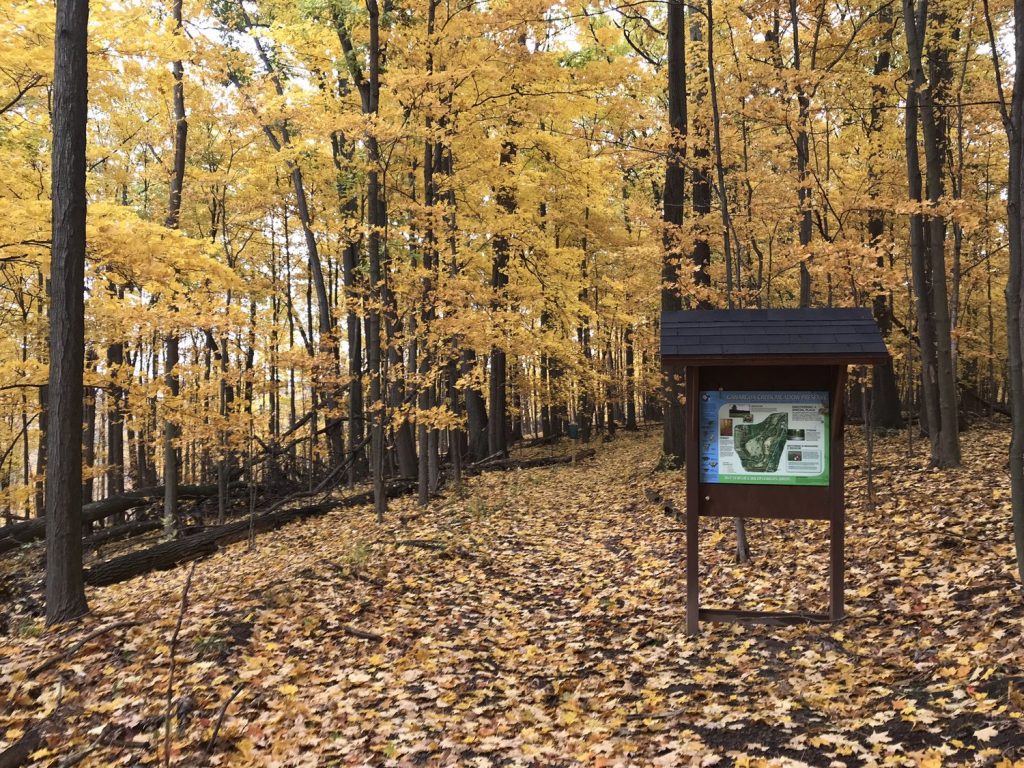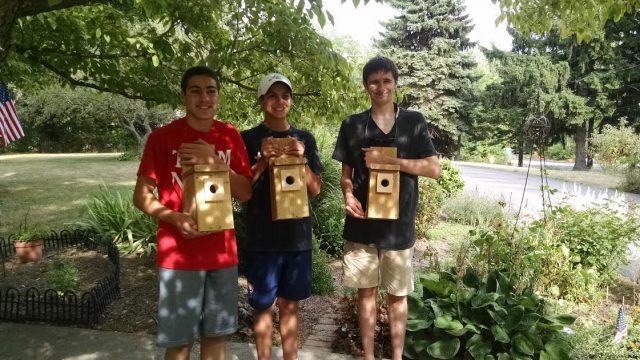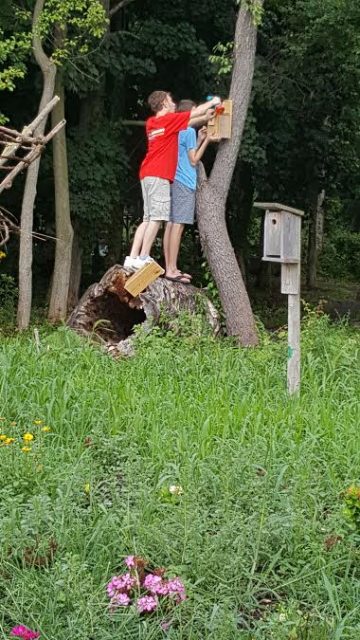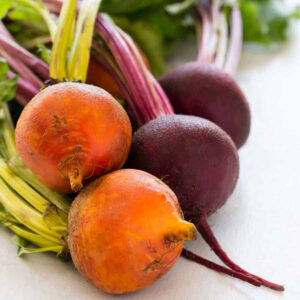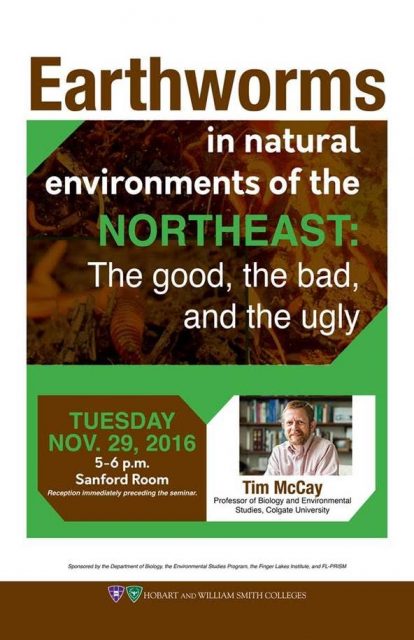 The Department of Biology, the Environmental Studies Program, the Finger Lakes Institute, and FL-PRISM invite you to join them for a co-hosted seminar on Tues. 11/29 (5-6 pm at Hobart Williams University, in the Sanford Room).
The Department of Biology, the Environmental Studies Program, the Finger Lakes Institute, and FL-PRISM invite you to join them for a co-hosted seminar on Tues. 11/29 (5-6 pm at Hobart Williams University, in the Sanford Room).
Dr. Tim McCay of Colgate University will speak about his research on earthworms in the Northeastern U.S.
All are welcome. Refreshments precede the seminar.
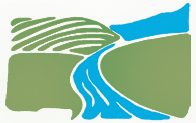
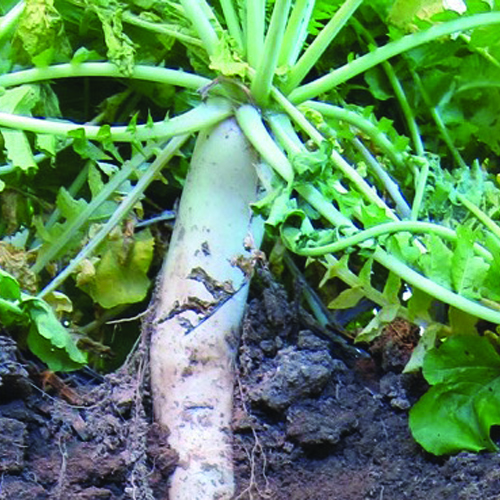
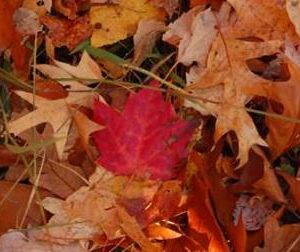
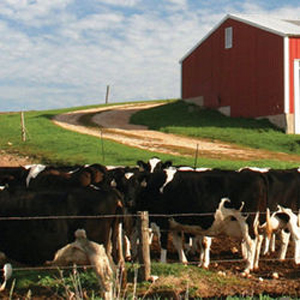 Program Will Help Large Livestock Farmers Meet New Environmental Requirements
Program Will Help Large Livestock Farmers Meet New Environmental Requirements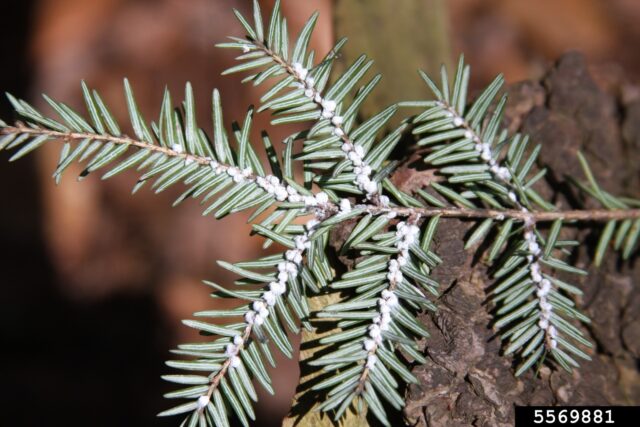 Winter is the best time to look for evidence of an infestation. Cooler temperatures trigger feeding activity, and as the hemlock woolly adelgids feed, they secrete a white, waxy material that creates ovisacs. The presence of these small, round, white masses makes it possible to identify infested trees. As they feed, these tiny, soft-bodied insects consume a hemlock’s stored nutrients, slowly sucking the life from the tree.
Winter is the best time to look for evidence of an infestation. Cooler temperatures trigger feeding activity, and as the hemlock woolly adelgids feed, they secrete a white, waxy material that creates ovisacs. The presence of these small, round, white masses makes it possible to identify infested trees. As they feed, these tiny, soft-bodied insects consume a hemlock’s stored nutrients, slowly sucking the life from the tree.